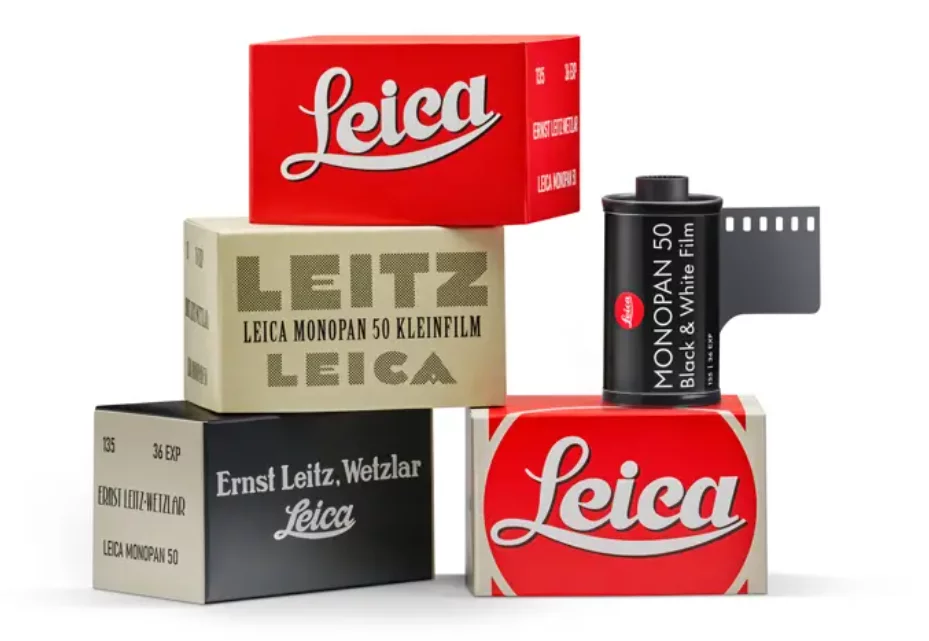The North Face and its marketing team at Leo Burnett Tailor Made are drawing a hefty amount of criticism for an ad campaign that saw the outerwear company inserting its products into Wikipedia articles, thus causing images featuring The North Face products to show up at the top of Google Image results.

The video explaining the ad campaign asks the question, “How can a brand be the first on Google without paying anything for it?”
And therein lies the controversy.
First, gaming Google’s search results is always a bad idea – ask any online publisher – but, beyond that, using Wikipedia, an online service that is free and survives on donations, as a vehicle for promoting your product is pretty bad.
To complete the product placement, The North Face sent out photographers and models wearing their gear to certain top spots around the globe. As the video proudly explains, they then swapped out the current Wikipedia article image for the new ones that they took – The North Face product placement and all.
PetaPixel quotes the marketers as telling AdAge that the “biggest obstacle” the team encountered during this operation was switching out the old images for the new ones without getting the ban hammer from Wikipedia’s unpaid team of moderators.
The North Face said of the project, “We hacked the results to reach one of the most difficult places: The top of the world’s largest search engine…Paying absolutely nothing just by collaborating with Wikipedia. Now, every time someone searches for a new adventure, they will find The North Face there.”
But lest you think that Wikipedia was in on it or approved of the project, the website took to Twitter to clarify that notion:
Yesterday, we were disappointed to learn that @thenorthface and @LeoBurnett unethically manipulated Wikipedia. They have risked your trust in our mission for a short-lived consumer stunt.
In a video about the campaign, Leo Burnett and The North Face boasted that they “did what no one has done before … we switched the Wikipedia photos for ours” and “[paid] absolutely nothing just by collaborating with Wikipedia.”
…When companies like The North Face take advantage of the trust you have in Wikipedia just to sell you clothes, you should be angry. Their actions have gone directly against the spirit, purpose, and policies of Wikipedia to provide neutral, fact-based knowledge to the world.
Oof. That’s awkward if anything.
Of course, The North Face apologized: “We believe deeply in @Wikipedia’s mission and apologize for engaging in activity inconsistent with those principles. Effective immediately, we have ended the campaign and moving forward, we’ll commit to ensuring that our teams and vendors are better trained on the site policies.”
Interestingly, they then claimed that “We’ve since learned that this effort worked counter to Wikipedia’s community guidelines. Understanding the issue, we ended the campaign.” Yet, as the AdAge article points out, one of the “biggest obstacles” the marketing team encountered was avoiding detecting from Wikipedia’s moderators.
Why would you need to avoid detection if you were doing something above board?
You can watch the “ad” here on YouTube.
As always, we’d love to know your thoughts in the comments below.




